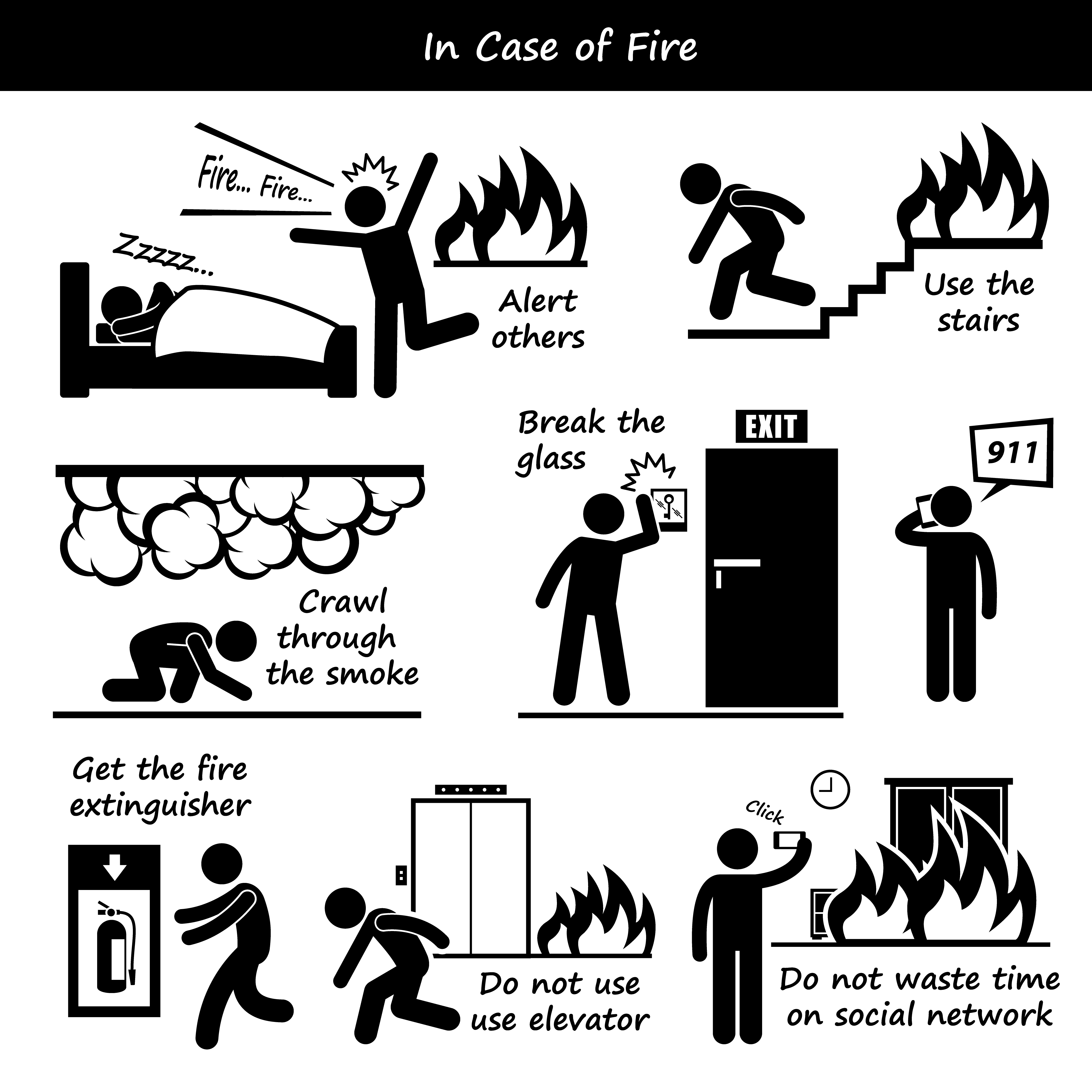When a 900-gallon melt tank containing hexane and ethanol overpressurized and exploded in December 2015 at a food additive manufacturing facility in Newark, Ohio, owned by Arboris®, LLC, the U.S. Occupational Safety and Health Administration (OSHA) faulted the employer’s process safety management (PSM) for failing to prevent the explosion. But even when the fireball erupted, the injuries suffered by four employees were not necessarily inevitable. With better emergency preparedness, OSHA concluded, the employer could have prevented or minimized the workers’ injuries.
 |
Here’s where their emergency preparedness fell down on the job.
Inadequate Egress
According to OSHA, Arboris failed to designate sufficient egress routes. OSHA’s emergency exit routes design and construction requirements, found in 29 CFR 1910.36, require at least two exit routes to be available in a workplace if the number of employees, the size of the building, its occupancy, or the arrangement of the workplace is such that all employees would not be able to evacuate safely during an emergency.
Two contractors working at the Arboris facility had to escape the fireball by climbing over an 8-foot security fence topped with triple-strand barbed wire—clearly, the escape routes were less than ideal. As OSHA phrased it, the facility was not “equipped with sufficient egress … due to the arrangement of the workplace.”
Action item: Identify any areas in your workplace where workers might become trapped, and establish at least two emergency exit routes that will enable them to escape any foreseeable disaster.
Inadequate PPE
Workers at Arboris were potentially exposed to flash fires in the covered process area, but Arboris’ personal protective equipment (PPE) hazard assessment failed to identify this, in violation of 29 CFR 1910.132(d). As a result, workers were not provided with or required to wear fire-resistant clothing that could have protected them from burns.
Action item: Revisit your PPE hazard assessments and make sure that they take foreseeable emergency conditions into account.
Lack of Emergency Shutdown Procedures
 |
Arboris was cited with a willful violation of 29 CFR 1910.119(f) for failing to develop emergency shutdown procedures and training operators in those procedures. It might not have mattered for the failed tank or the workers directly involved in the failed start-up, but it might have been vital for other workers and other pieces of equipment in the facility or for emergency responders trying to control the fire. According to OSHA, Arboris did not have emergency shut-down procedures for the evaporator or rotary drum filter at the plant.
Action item: If there are processes or equipment in your facility that need to be shut down in a disaster for the sake of safety, make sure there is a written procedure for operators to follow before they evacuate—and that they know who’s responsible for doing so and under what circumstances they must implement an emergency shutdown.
Are you ready for anything? Safety.BLR.com can help you to be prepared.
